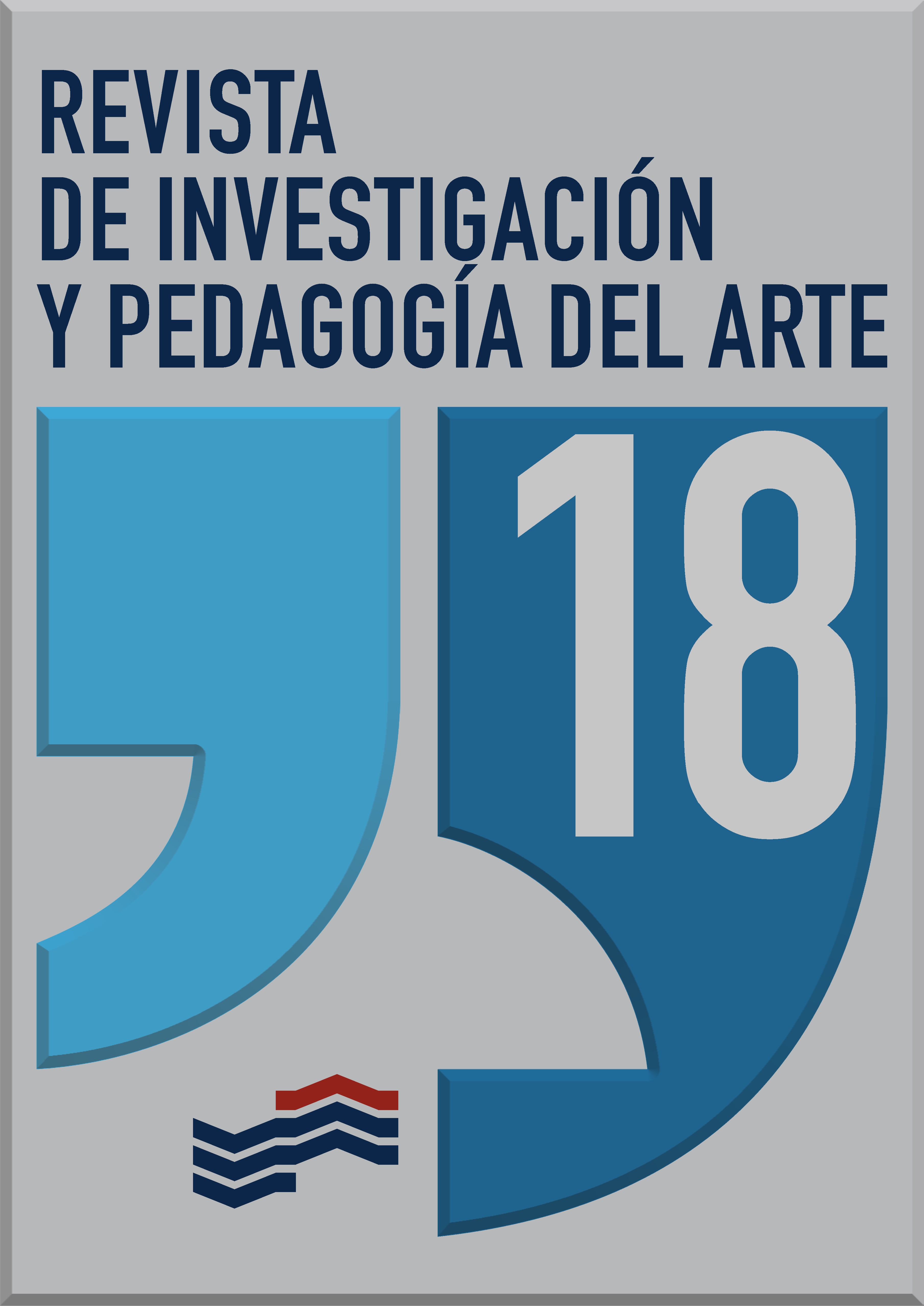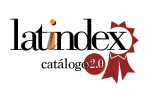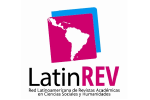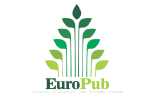Biokupas: Incubators of the Third Landscape. Interdisciplinary Perspectives and Explorations in Artistic Research-Creation
DOI:
https://doi.org/10.18537/ripa.18.05Keywords:
Third Landscape, urban biodiversity, biorreceptivity, artistic devices, digital fabricationAbstract
Biokupas is a concept that refers to non-human living beings that challenge the anthropic order by occupying infrastructures not originally planned for them. This interdisciplinary artistic research-creation project seeks to recognize and value their role in urban biodiversity through a methodology that combines multiscale data collection (satellite, environmental DNA, cultivation), digital design and fabrication of biodiversity incubators, their implantation in various locations across Quito, Ecuador, and the monitoring of the species that inhabit them. Drawing on a reflection on the tensions between anthropic development and other forms of life, the project revisits the notion of the Third Landscape (Clément, 2004) as a space of biological invention. By integrating art, biology, architecture, urbanism and technology, Biokupas function as bioindicators of urban health, fostering coexistence between humans and other species in evolving urban environments.
Downloads
References
Alÿs, F. (1992). The Collector [Perros metálicos magnetizados sobre ruedas, vídeo, fotografía, mapas, bocetos y documentación]. In Artesostenible. https://www.artesostenible.org/blog/the-collector
Andrade, M. M. (2024). NDVI reclasificado, generado a partir de imágenes de Landsat 2 del Earth Resources Observation and Science (EROS) Center del U.S. Geological Survey (USGS), a partir de datos recolectados por el satélite LANDSAT 8 de la NASA entre 2016 y 2020.
Capra, F. (1999). La trama de la vida: Una nueva perspectiva de los sistemas vivos (2da ed, Vol. 1). Editorial Anagrama, S.A.
Clement, G. (2004). Manifiesto del Tercer Paisaje. Editorial Gustavo Gili.
Cudina, J. N. (2014). Pulgarcita. “El mundo cambió tanto que los jóvenes deben reinventar todo: una manera de vivir juntos, instituciones, una manera de ser y de conocer”. Revista Guillermo de Ockham (Vol. 12, Issue 1). https://doi.org/10.21500/22563202.56
Daza Cuartas, S. (2009). Investigación-creación un acercamiento a la investigación en las artes. Horizonte Pedagógico, 11(11), 87-92.
Escuer, L., & Carballo, G. (2023). Cultivando malas hierbas. Biodiversidad, diseño, cultura y percepción. Kult-Ur, 10(19), 65-90. https://doi.org/10.6035/kult-ur.7386
Ferro, C., Parra-Ulauri, A., Menéndez, L., Menéndez, P., & Ladet, B. (2024). Biokupas: Incubadores del tercer paisaje (Proyecto de Investigación-Creación Artística Convocatoria Mycelium PUCE 2023).
González Chávez, M. C., Carrillo González, R., & Mendoza Hernández, J. C. (2015). Nanopartículas para el control del biodeterioro en monumentos históricos. Mundo Nano. Revista Interdisciplinaria En Nanociencias y Nanotecnología, 6(10). https://doi.org/10.22201/CEIICH.24485691E.2013.10.50962
Hatoum, M. (2008). Hanging Garden [Arpillera, tierra, plantas]. In Designboom. https://www.designboom.com/art/hanging-garden-by-mona-hatoum/
INEGI. (n.d.). Índice de Vegetación de Diferencia Normalizada (NDVI). Retrieved February 26, 2025, from https://www.inegi.org.mx/investigacion/ndvi/#mapas
Merladet, J. F. (2018). La eterna rivalidad europea: jardines ingleses versus jardines franceses. Interempresas.Net. https://www.interempresas.net/Jardineria/Articulos/443551-eterna-rivalidad-europea-jardines-ingleses-versus-jardines-franceses-Por-Jose-Felix.html
Parker, B., Cruz, M., & Jotanović, N. (2024). Augmented Polycultures | Studio Biocene. https://www.studiobiocene.com/project/augmented-polycultures
Sabato, E. (2000). La resistencia. Editorial Planeta Argentina S.A.I.C. / Seix Barral.
Venegas Ahumada, C. (2014). El movimiento okupa: resistencia contra el capitalismo. Perspectivas de La Comunicación - ISSN 0718-4867, 7(1), 97-131.
Villaneda Vásquez, A., & Beltrán, E. M. (2020). La investigación-creación como producción de nuevo conocimiento: perspectivas, debates y definiciones. Index, Revista de Arte Contemporáneo, 10, 247-267. https://doi.org/10.26807/cav.vi10.339
Published
Issue
Section
License

This work is licensed under a Creative Commons Attribution-NonCommercial-ShareAlike 4.0 International License.










